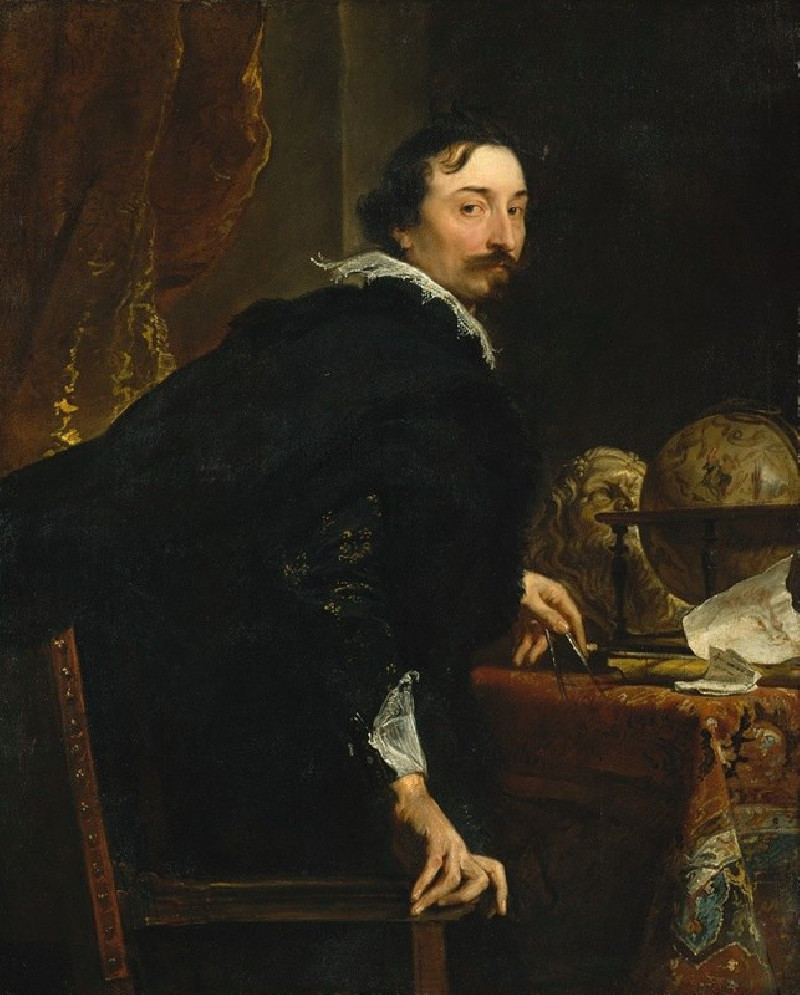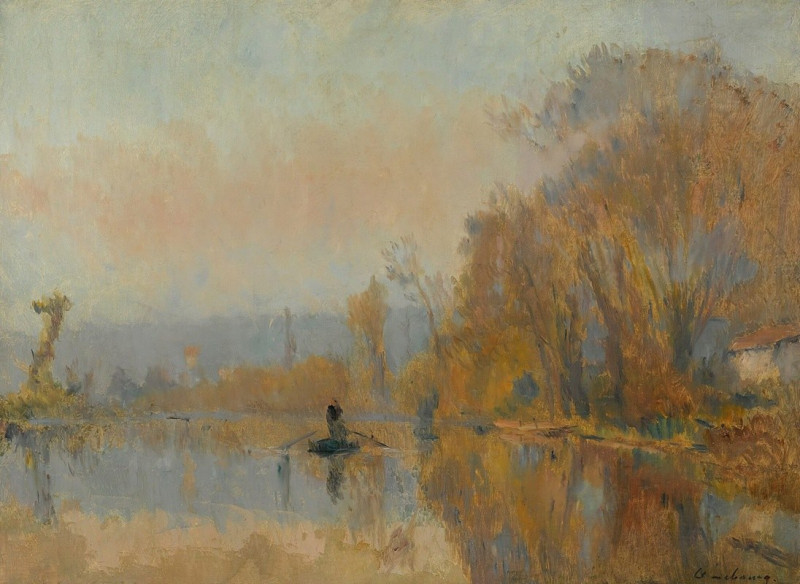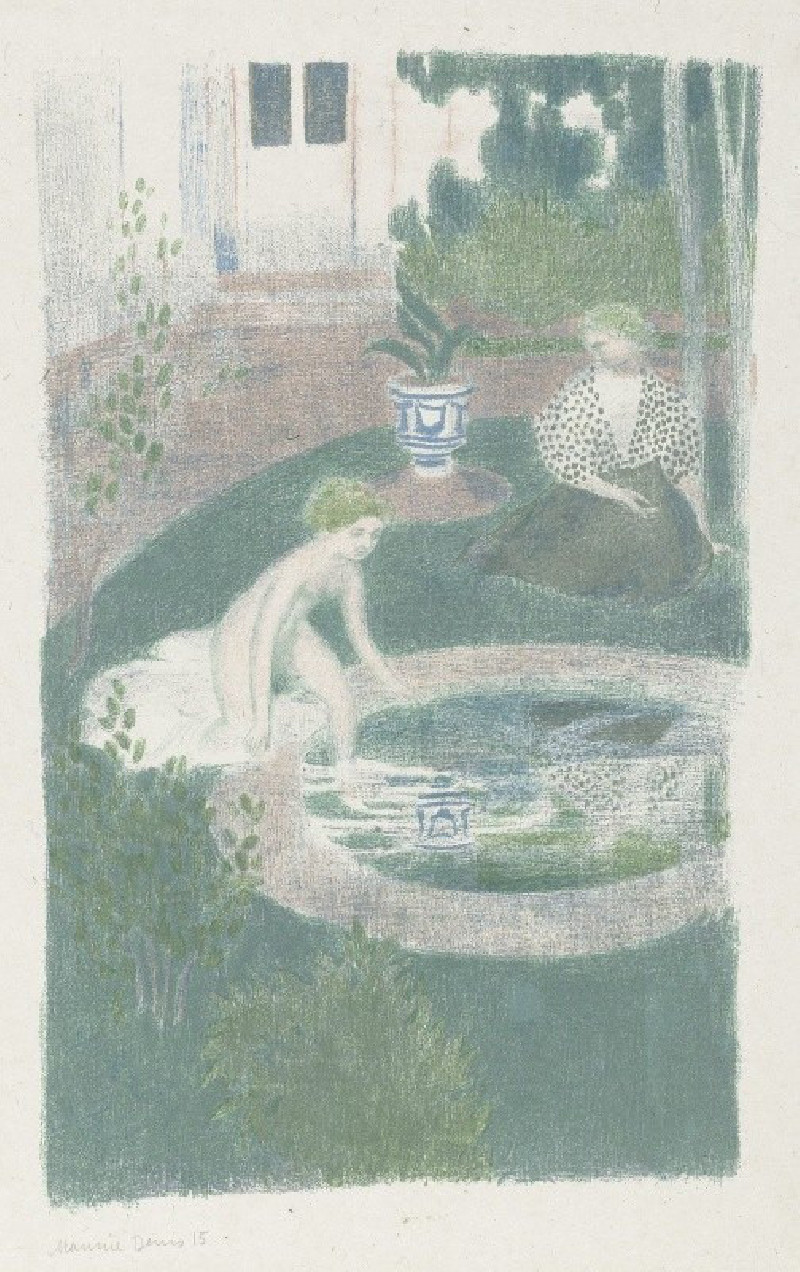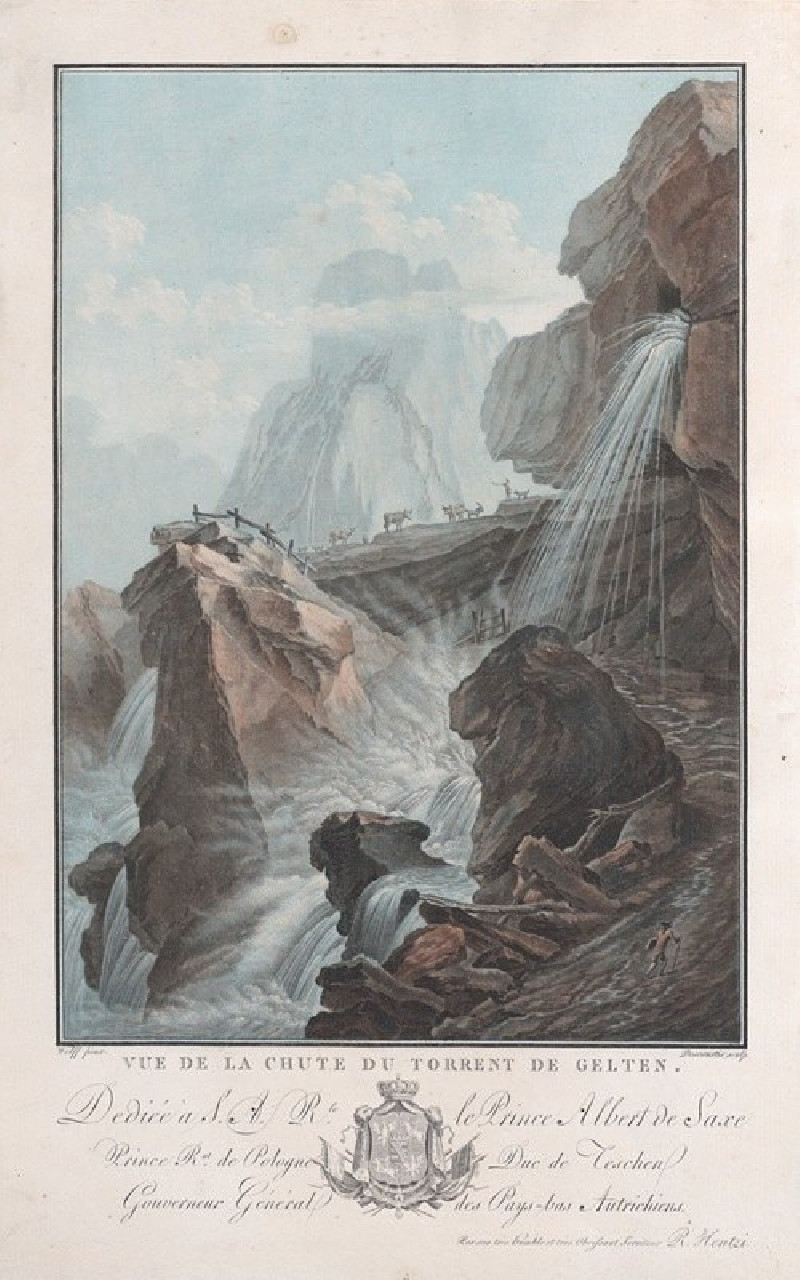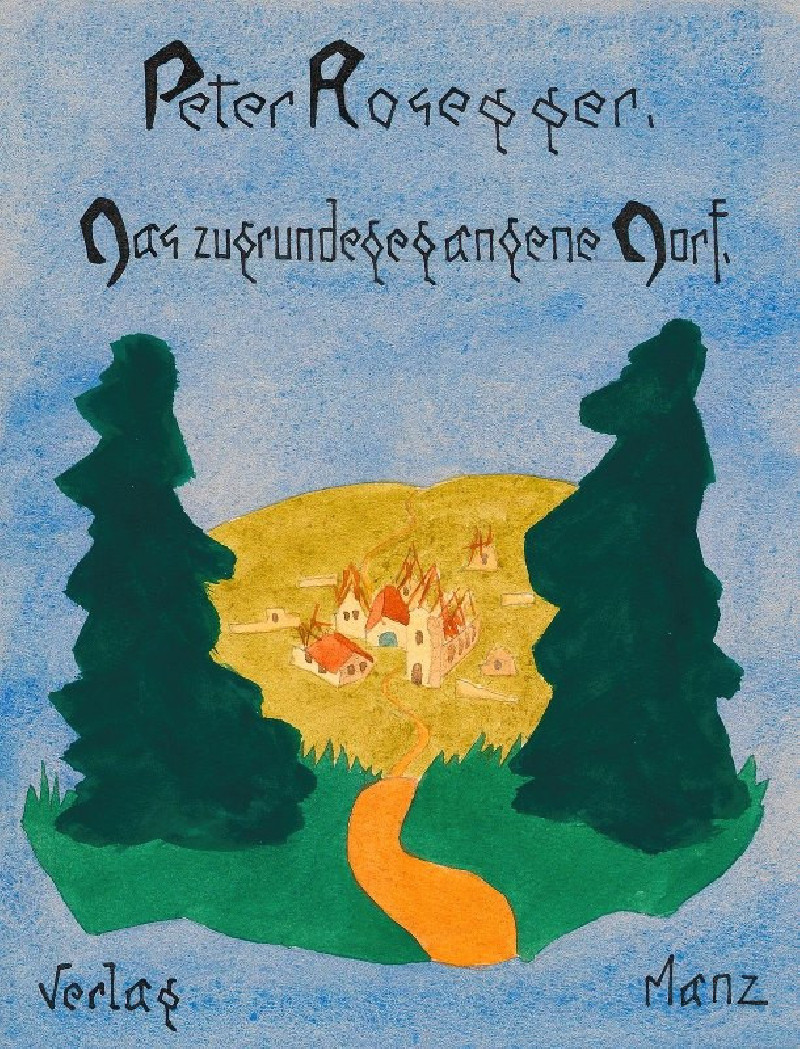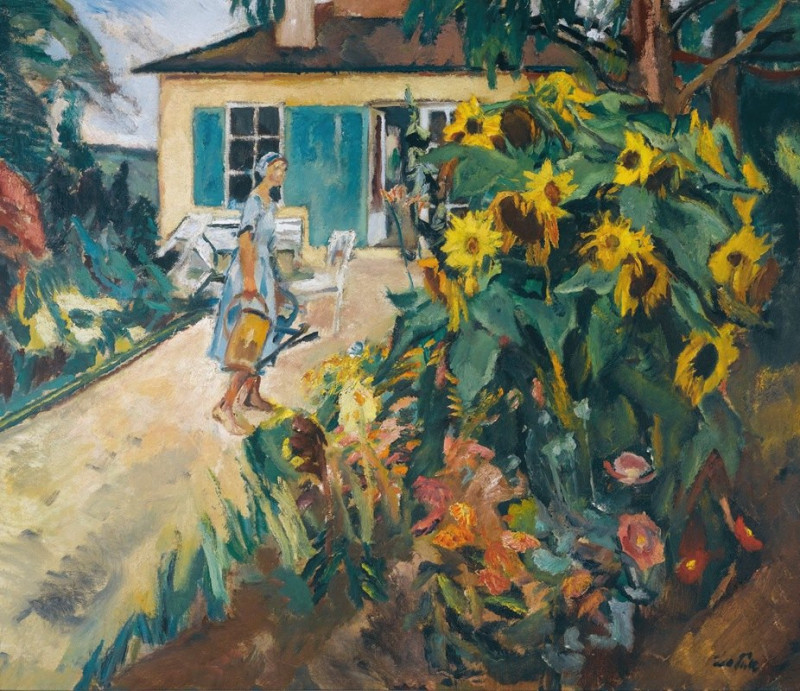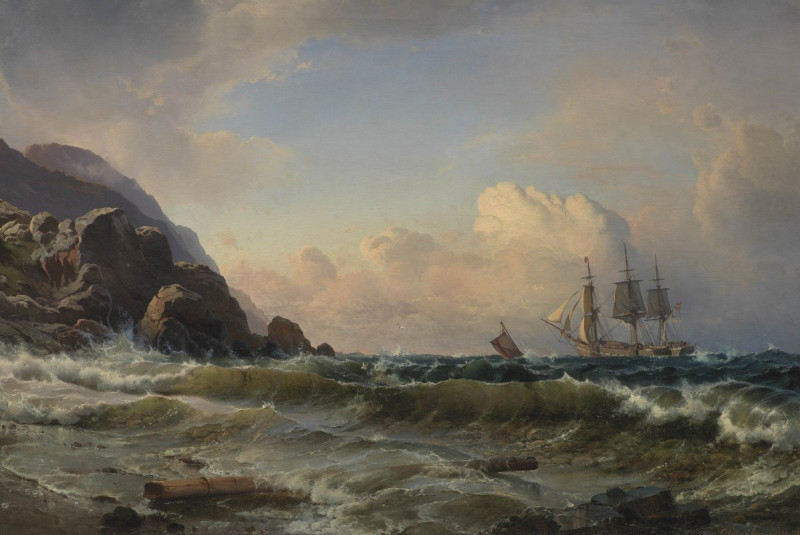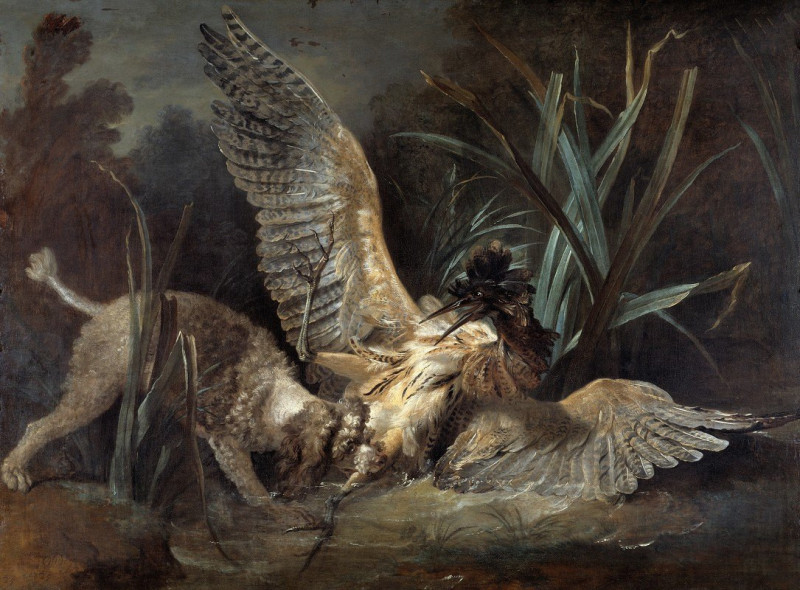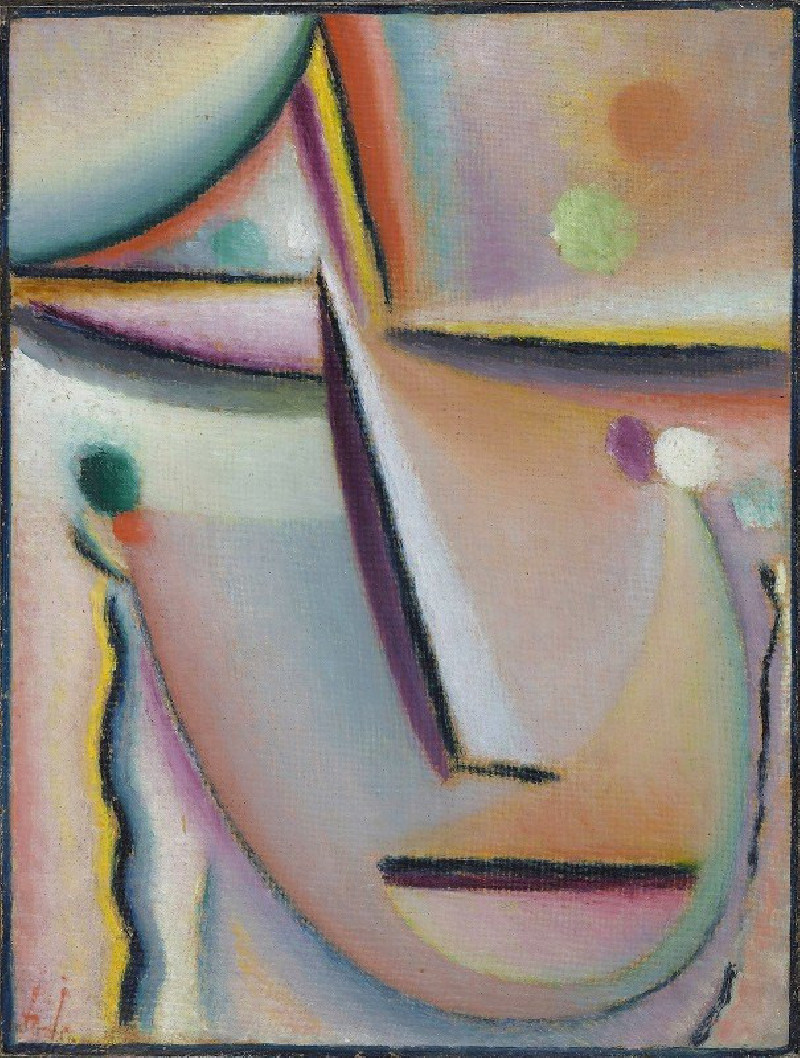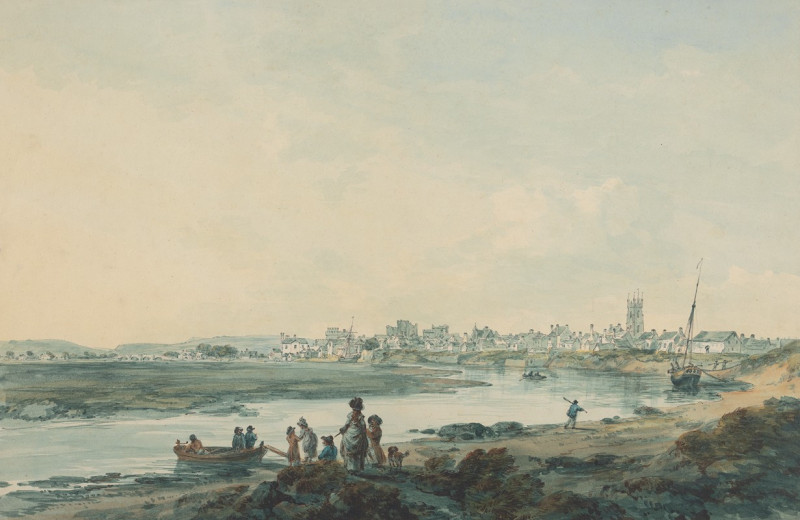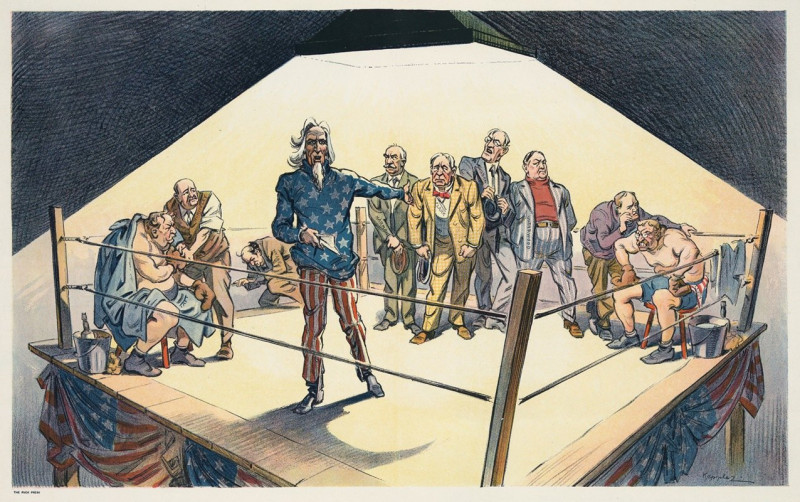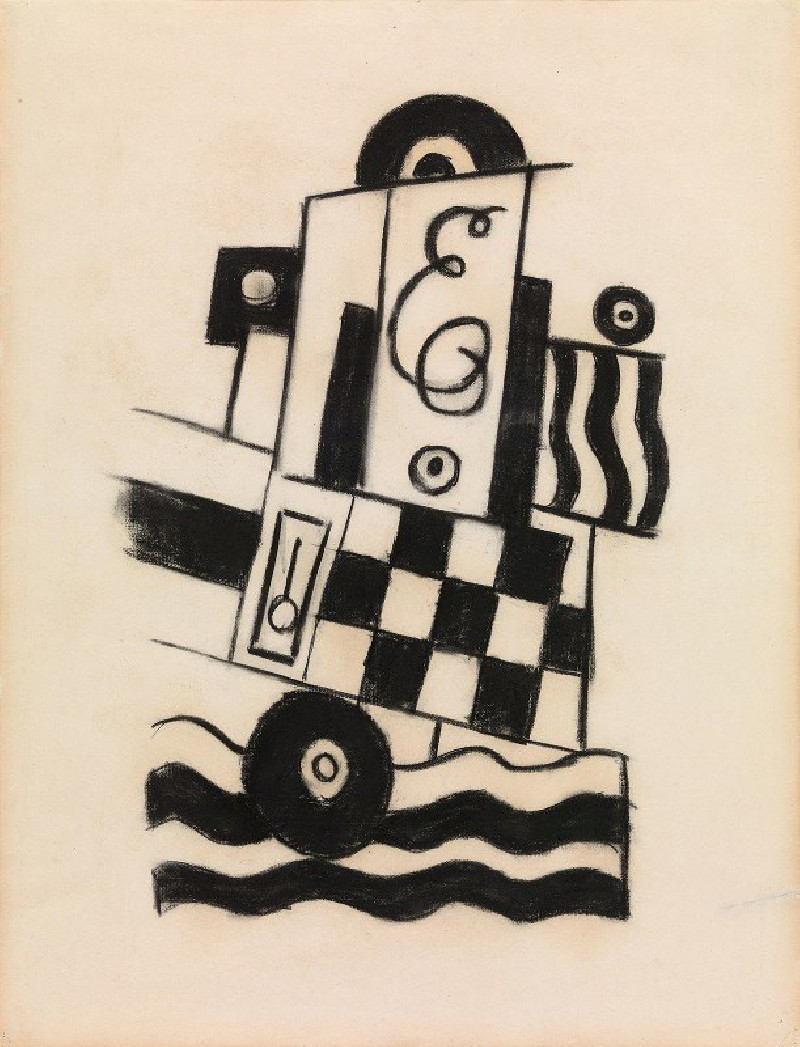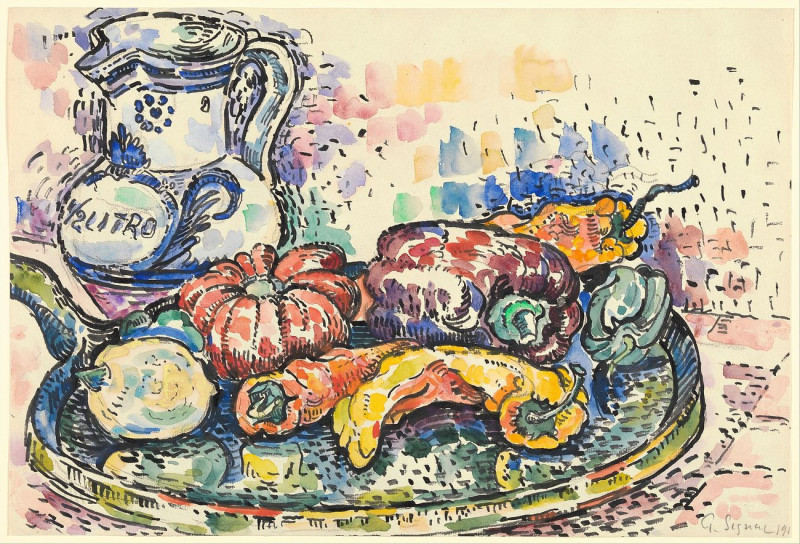Lucas van Uffel (died 1637) (ca. 1622)
Technique: Giclée quality print
Recommended by our customers
More about this artwork
This exquisite portrait, painted circa 1622 by the celebrated Flemish artist Anthony van Dyck, features Lucas van Uffel, a prominent figure of his time, whose life details are as captivating as his portrayal. In this painting, Van Dyck captures the essence of Van Uffel with a masterful blend of dignity and approachability.The subject, Lucas van Uffel, is depicted with a genteel elegance. Dressed in a rich black garment complemented by a detailed, crisp white lace collar, Van Uffel exudes a sense of nobility and intellect. His right hand rests gently on a chair, holding a compass, indicating his engagement with the sciences or navigation, hinting at his interests or profession. Nearby on the table lies an ornate globe and meticulously drawn maps, suggesting his involvement in exploration or cartography.Van Uffel's facial expression, rendered with subtle shadows and highlights, conveys a contemplative yet assertive persona. His gaze, directed outward, seems to both invite the viewer into his world and assert his prominence within it. The use of lighting emphasizes his features, drawing attention to the thoughtful eyes and the slight arch of the brows.The background, though dimly lit, features luxurious elements like the heavy draped curtain to the left, enhancing the aura of sophistication that surrounds Van Uffel. The color palette is restrained yet rich, with the deep tones of his attire and the warm backdrop creating a striking contrast with the paleness of his skin and the white of his collar.
Delivery
Returns
Sir Anthony van Dyck (1599 – 1641) was a Flemish Baroque artist who became the leading court painter in England after success in the Spanish Netherlands and Italy.
The seventh child of Frans van Dyck, a wealthy Antwerp silk merchant, Anthony painted from an early age. He was successful as an independent painter in his late teens, and became a master in the Antwerp guild in 1618. By this time he was working in the studio of the leading northern painter of the day, Peter Paul Rubens, who became a major influence on his work.

